Dire Snail
Medievalist scholars have long been aware that illuminators of medieval manuscripts liked to doodle in the margins. The prevailing theory was that it was something like "Kilroy was here;" the equivalent of restroom graffiti, a medieval scribe's in-joke.
Recent events, including the return of magic with the reawakening of The Iron Tome, have suggested that this may have been mistaken. For instance, the prevalance of violent rabbits in medieval manuscript marginalia has, of late, been attributed to anti-Owsla propaganda on the part of Inquisition-sympathizers. It was generally assumed, however, that the many depictions of armoured knights fighting giant snails was nothing more than an entertaining flght of fantasy.
This, however, may not be the case. Giant snails have been sighted in the past few months in the former Protectorate of The Missing House, one of many legendary and mythological creatures that have begun to show credible sightings as Literomancy grows in power and prevalence.
One encounter, which took place in France at an annual LARPing event, resulted in three casualties, including one fatality. The LARPers have named these creatures "dire snails," and the name has stuck.
Basic Information
Anatomy
The specimen killed by the LARPers was badly damaged, but examination indicates that dire snails share similar morphology with more familiar, smaller snails, just in gargantuan proportions.
Dire snails appear to be a unique type of land snail; significant because most snail species are marine snails. They are pulminates, meaning they have a lung, not gills.
A unique feature of the dire snail is the deadly poison glands in its "antennae," which are in fact tentacles. On most mollusc species, these are sense organs only. The upper, longer tentacles contain the eyestalks and the lower ones the scent and taste organs. Both are retractable. Vision is usually poor but important to snail navigation.
However, the tentacles of the dire snail specimen also contained rigid, filament-like structures in a coil at their base, along with a set of tendons, tightly wound like a spring, and a large poison gland. An attempt to drain the poison to examine it resulted in the melting of all the sampling equipment. This result, plus an analysis of the chemical residue, led the researchers at the University of Paris to conclude that this poison gland contains hydrochloric acid.
In theory, a dire snail could therefore stab a creature with their tentacles, while secreting a burst of hydrochloric acid, explaining not only one of the most perplexing injuries in the LARP encounter (an acid burn to the hand,) but also, many medieval doodles of dire snails "jousting" with their tentacles.
The research team theorized that the filament would provide a moment of rigidity to the tentacle, as the tendons and muscles around it and the poison gland contracted, allowing the snail to shoot, or inject, hydrochloric acid at or into its prey.
Snails move by gliding along on their muscular foot, which is lubricated with mucus and covered with small protrusions approximating epithelial cilia, but of course, in the case of dire snails, these pseudopods are much larger. This motion is powered by succeeding waves of muscular contractions that move down the ventral of the foot. Unlike smaller snails, the dire snail is capable of moving in this manner quickly, but that might simply be due to its size.
Dire snails secrete mucus externally to keep their soft bodies from drying out. They also secrete mucus from the foot to aid in locomotion by reducing friction, and to help reduce the risk of mechanical injury from sharp objects, meaning they can crawl over a sharp edge like a sword or ploughblade and not be injured. The mucus leaves a slime trail, which is often visible for some hours afterwards as a shiny "path" on the surface over which it has crawled.
Dire snails (like all molluscs) have a mantle, a specialized layer of tissue which covers all of the internal organs as they are grouped together in a "visceral mass." The mantle extends in flaps which reach to shell's edge, are partially retractable, and are attached to the shell.
This is where the shell is created, which grows with them by secreting calcium carbonate along the open edge and on the inner side for extra strength. It is mostly formed of the protein conchiolin, but lack of calcium, or low pH in their surroundings, can result in a thin, cracked, or perforated shell. Usually a snail can repair damage to its shell over time if its living conditions improve, but severe damage can be fatal, as the encounter with the LARPers proved.
The dire snail specimen had a thickened lip around the shell opening, which is likely a trait of a fully adult, and reproductively active, dire snail. It is probable that the dire snail had stopped growing.
A snail's shell forms a logarithmic spiral. Like most snail shells, the dire snail's shell spiralled clockwise from the apex to the opening.
Like most land snails, a dire snail possesses a radula, which is a chitinous ribbon-like structure containing rows of microscopic teeth. The snail uses this to scrape at food, which is then transferred to the digestive tract.
The cerebral ganglia of the dire snail form a primitive brain which is divided into four sections. This structure is much simpler than the brains of mammals, reptiles and birds, but nonetheless, it seems capable of associative learning.
It is unknown at this time if more than one species of dire snail exists.
Genetics and Reproduction
Dire snails, if the single specimen examined is any indication, are hermaphrodites with a full set of reproductive organs of both sexes. Nothing else is known of its reproductive cycle or capabilities.
Biological Cycle
Some snails hibernate, so it is possible that the dire snail does as well.
Behaviour
According to eyewitness accounts of the LARPers who encountered the dire snail at what is now known as the Kandorya Incident, the dire snail displayed aggressive behaviour, attacking a player on the game battlefield for no apparent reason. Eyewitness accounts, however, are notoriously unreliable due to fear and adrenaline, and this is not accepted by the scientific community as conclusive.
Additional Information
Domestication
It is possible, based on medieval illustrations and some art from the 17th century, that Literomancers may have used dire snails as mounts, and jousted with them on occasion (see sidebar and below).
Perception and Sensory Capabilities
It is worth noting that the eyes of the dire snail showed unusual signs of visual acuity in a mollusc. It possessed both cones and rods, and in fact, displayed an unusual density of cones of all types. This indicated to the research team that the dire snail probably responds especially well to colour. To some researchers, this suggested that the reports of a seemingly-unprovoked attack might be accurate, since the victim was a LARPer in bright medieval garb, carrying an especially bright, red shield.
WIP
Streamer
Missing
Status: Location Unknown
Deceased
Status: Deceased Character
Retired
Status: Retired Character or Article
Scientific Name
Gastropoda helix gargantuai
Lifespan
Unknown
Conservation Status
Since only three of these creatures have been seen in modern times, it is assumed they are effectively extinct, but in the process of making a reappearance. This is generally viewed as a bad thing.
A person with a sling fighting a dire snail
Rabbit riding a snail. Armorial, Netherlands c. 1650 (Biblioteca Apostolica Vaticana, Chig.G.IV.113, fol. 120v) by Anonymous
Rabbit riding a snail
Hybrid snail ridden by Hare jousting a dog riding a Hare. base de page. France 13th cent. Royal 10 BL by Anonymous
We have no idea what is going on here. You'd have to ask House Lapin


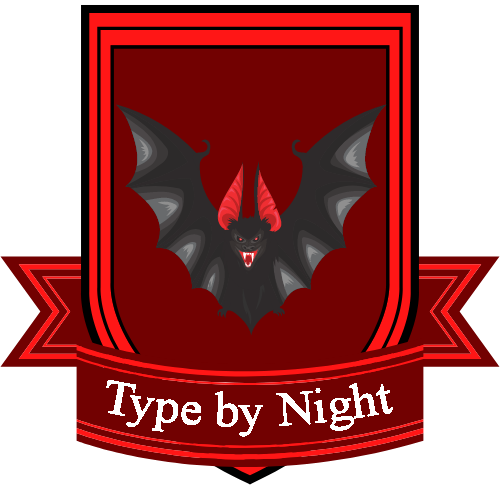

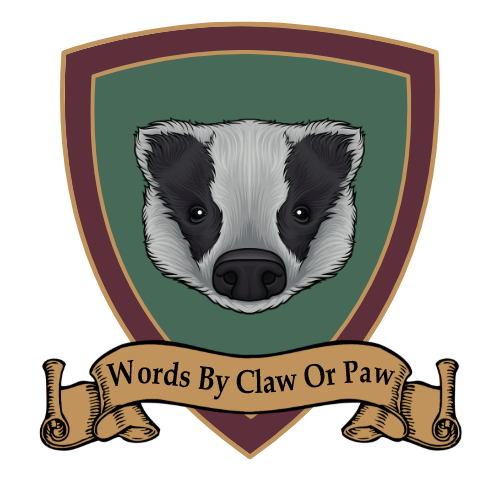


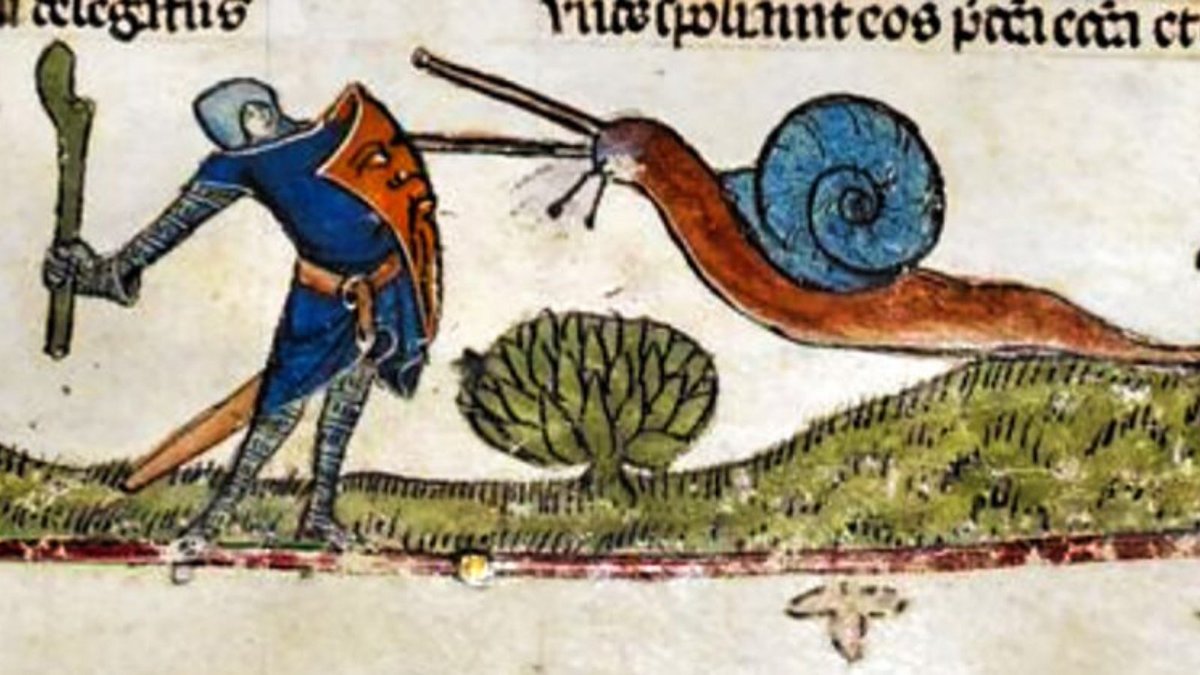
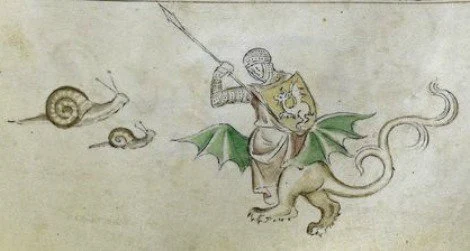





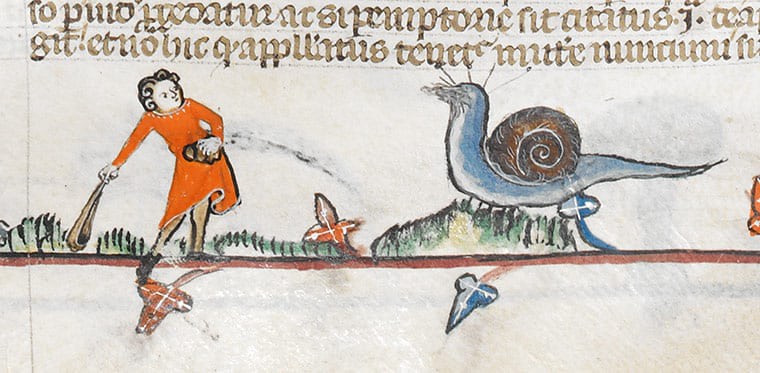
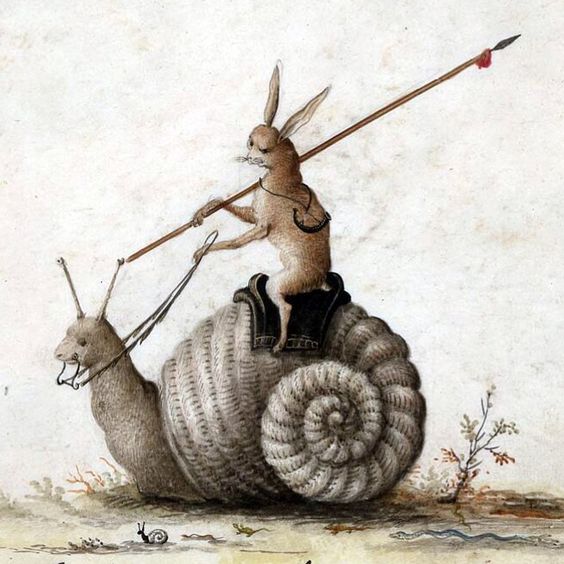




Comments